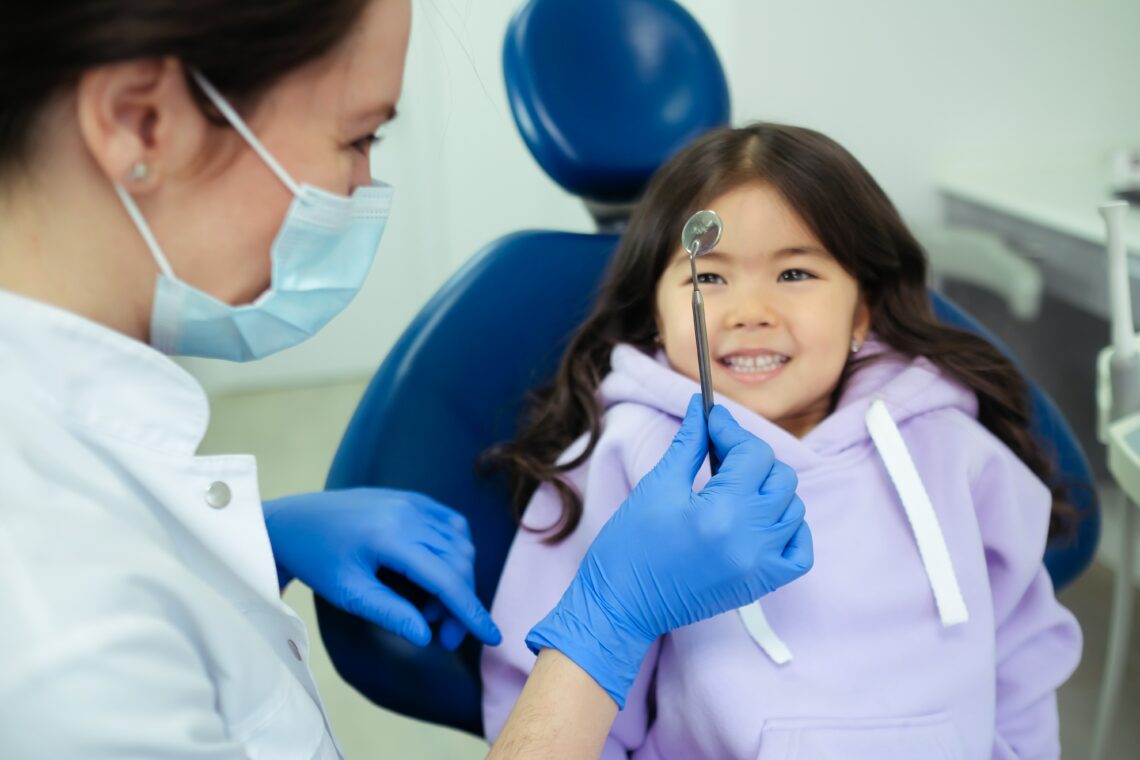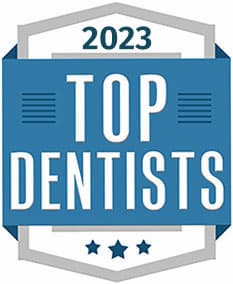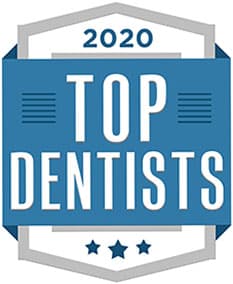Tooth brushing is an important lifelong habit, and good dental care starts young! Check out some of our tips to make sure your child builds healthy dental habits.
Start Teeth Brushing Right Away
Most babies start teething around 6–9 months, and as soon as those teeth are exposed, you should be brushing them twice a day with an infant toothbrush and fluoride toothpaste. This will help keep your baby’s teeth and gums safe and healthy—and what’s more, it may encourage them to be excited to brush their teeth once they’re old enough to do it alone.
In some cases, you may consider gentle brushing of your baby’s gums with a soft toothbrush or a washcloth even before their first teeth emerge. Teething can be a painful process for babies, so if they are accustomed to the feeling of brushing already, they are less likely to associate it with the discomfort that they feel while teething.
Teaching Your Child To Brush & Floss On Their Own
Your toddler will probably be ready to take the toothbrush into their own hands long before you can safely let them brush unsupervised, but it’s a great way to start them early. Once your child has the motor skills to hold a toothbrush, you can apply toothpaste (the size of a grain of rice) and carefully guide them to brush thoroughly and safely—and teach them to spit out their toothpaste and mouthwash!
Early on, you will probably want to floss your toddler’s teeth for them, but around the age of 7 or 8, consider letting them take on this duty as well.
How to check on and maintain healthy dental habits
Even after your child doesn’t need supervision to brush safely, it can help ensure that they maintain their healthy habits. One great way to do this is to have the family brush their teeth together. Even if you’re planning to eat or consume beverages after the kids go to bed, consider adding an additional tooth brushing to your own routine so that you can brush with them.
Regular brushing and flossing doesn’t have to be a miserable daily chore, and making it a fun part of your day will help your child build healthy habits without associating tooth brushing with negative feelings.
Don’t Discount “Fun” Flavors of Toothpaste and Fun Toothbrushes
Strawberry toothpaste or watermelon floss might not be what you want to use, but if it gets your kid excited about toothbrushing (and the toothpaste is ADA approved), who are we to judge? In particular, some children may not like mint because of the “prickly” sensation. In addition to flavor, make sure to try different consistencies like gel vs cream toothpaste.
When you change your toothbrushes every 3 months, consider letting the kids pick their colors or even getting a brush with their favorite animal or TV character on it. As grownups, we often think of toothbrushing solely as a habit, but for younger children, making it fun is key to making the habit stick!
Don’t Forget Regular Checkups!
In addition to their at-home routines, make sure your child starts seeing their dentist once their teeth have begun erupting, and every six months after that. Your dentist can keep an eye on your child’s dental health, and may be able to recommend treatments like sealants if needed. In addition, your child’s hygienist can help make sure your child is brushing and flossing their teeth effectively.
Need a dentist in the Concord, New Hampshire area? We’re accepting new patients. Contact us today!






